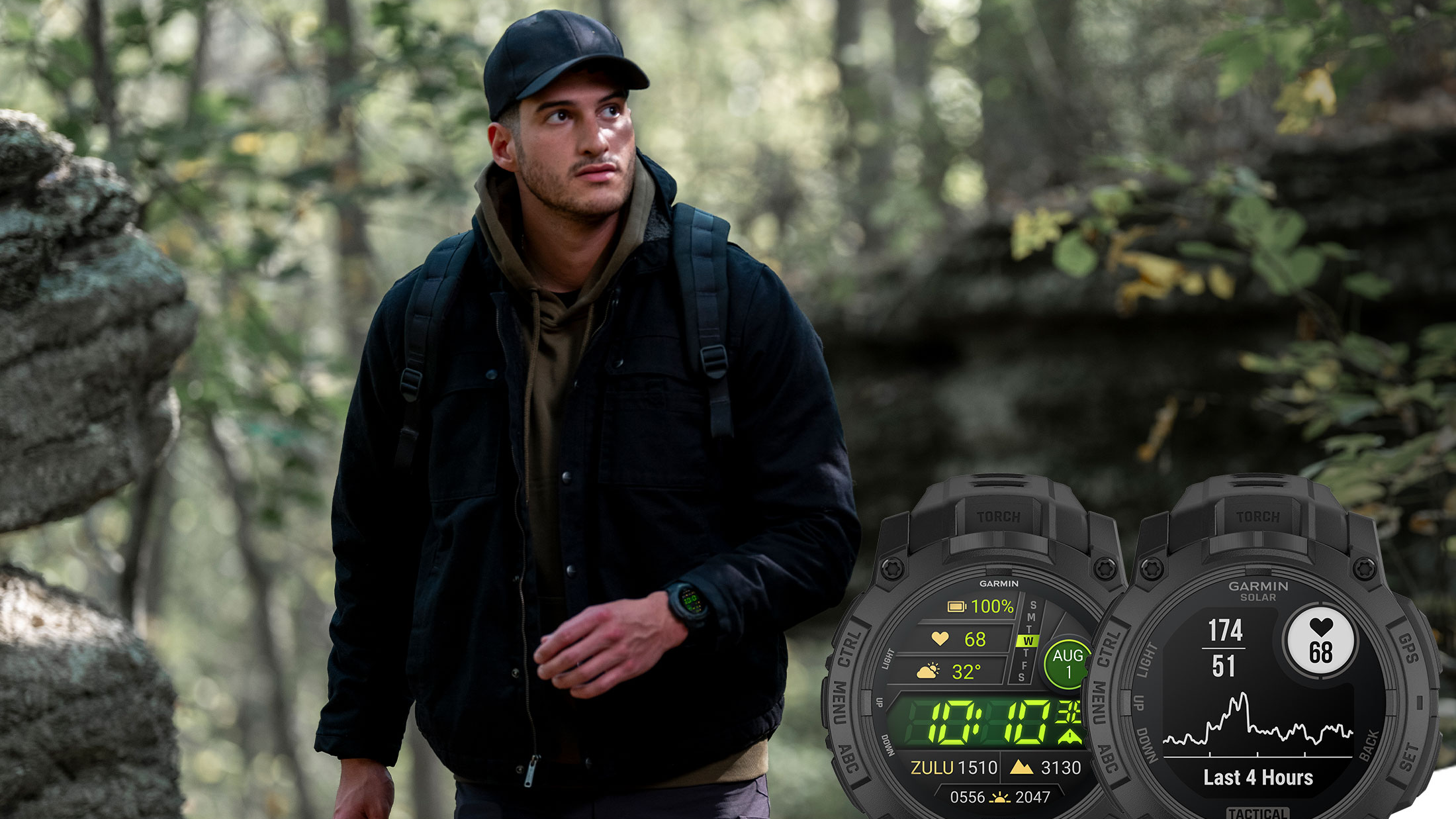7 tips for hitting the trails when the days get shorter
Seasonal Affective Disorder affects millions every year and getting outside really helps – our 7 handy hacks help you maintain or kickstart your outdoor adventures when the days get shorter
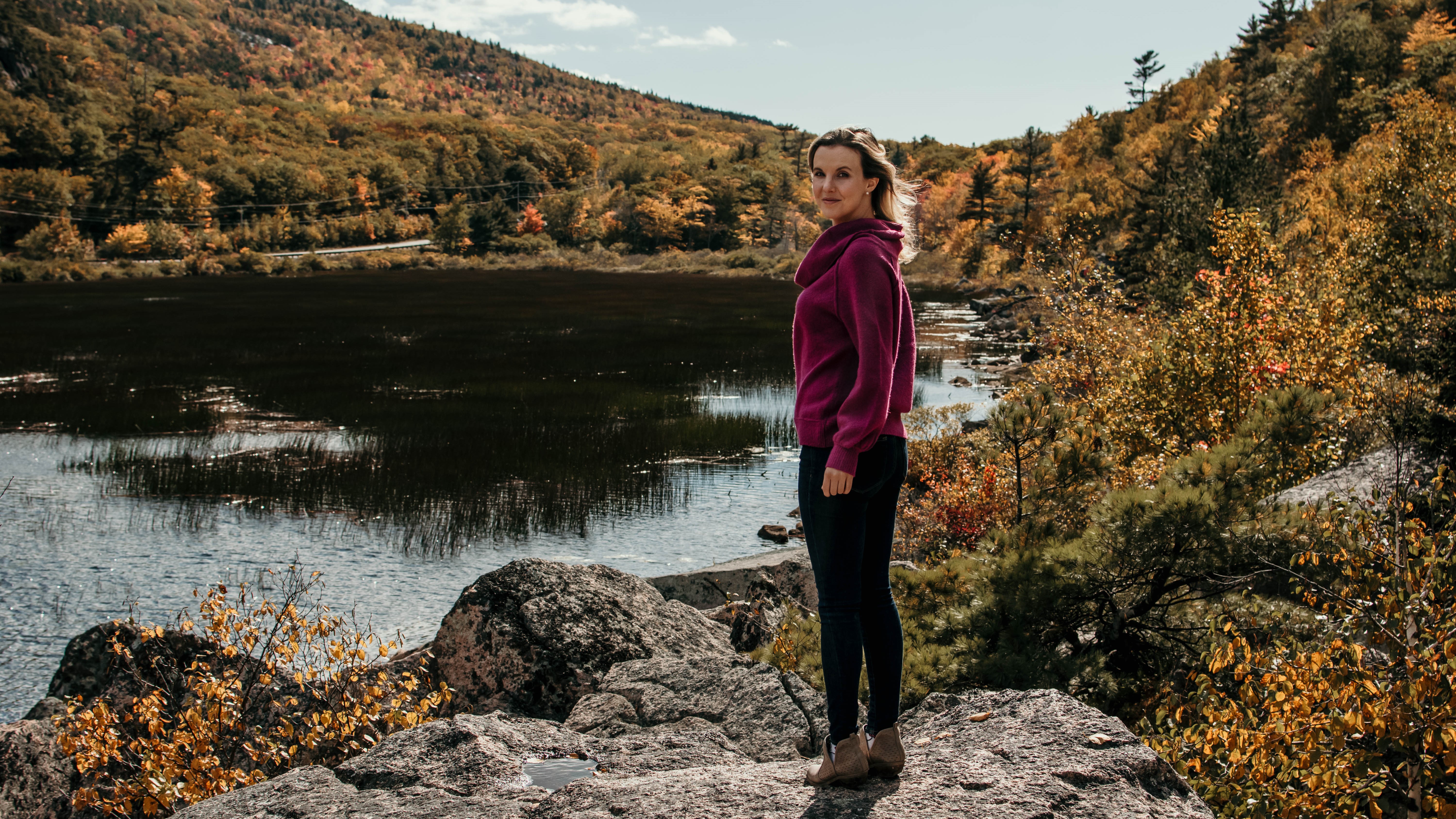
When you’re an adventure junkie, winter can bring a welcome change of activities as you switch out your hiking boots for skis, and sure, as long as you know how to dress for winter hiking and running, you can stay warm, safe and happy on the trails. The main problem that a lot of us in northern climes find is simply that there’s a shortage of daylight hours during which we can feasibly get outside. The sun rises later and it takes longer for snowy surfaces to soften up, which might scupper your regular morning run or hike. Then by the time you’ve eaten lunch, the sun already seems to be on the way down, and before you know it, you’re heading home from work in complete darkness. When exactly are you supposed to get out on a hike or run? Do you need to hang up your trail running shoes till the spring and hit the treadmill? The horror!
In all seriousness, you really may need to make a plan to keep up with your outdoor time when the days get shorter. After all, not all of us live near a ski resort where winter sports are accessible. Seasonal Affective Disorder is thought to affect 10 million Americans each year, but the UK charity Mind.org says that getting outside in natural light can be really helpful for those who suffer from it – so even though it’s not always easy or convenient, it’s more important than ever to keep up with your wilderness romps right now. No idea where to begin? Read on for our seven handy hacks to keep you on the hiking and running trails when the daylight starts to fade.
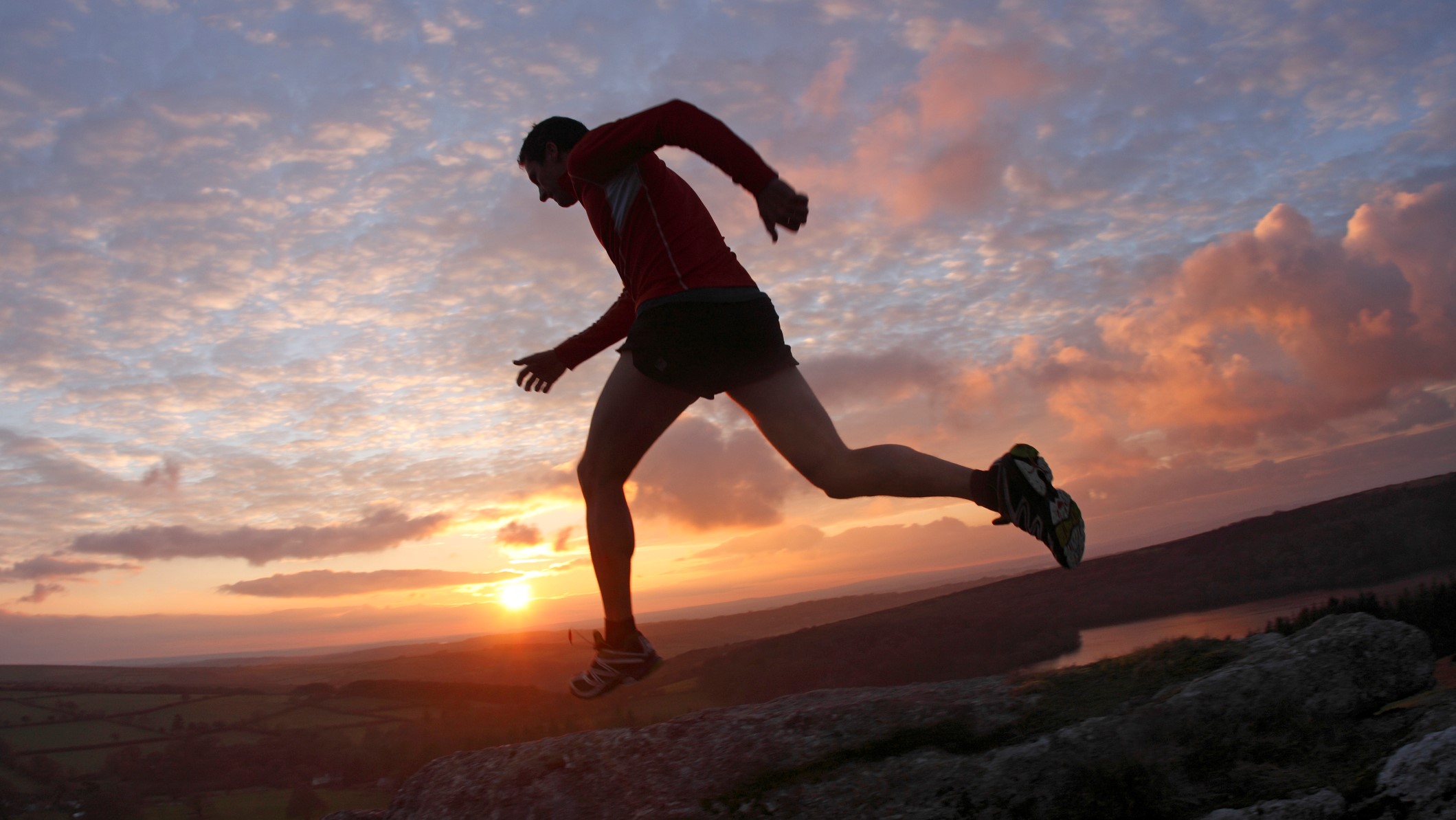
1. Plan ahead
One of the best things you can do at this time of year is to plan your outdoor adventures ahead of time. Sure, in the summer months you can basically decide you’re going for a hike the moment you log off your computer for the day and still enjoy several hours of daylight, but the short days basically rob you of all spontaneity. It may seem like it’s taking the fun out of things, but on Sunday night it’s worth looking at your schedule for the coming seven days, comparing it with the weather forecast, and figuring out what days you can realistically get outdoors. Once you’ve identified an acceptable number of opportunities, get it all in the calendar (after all, writing goals down helps you stick to them). Have a plan and a backup plan in case the weather isn’t playing ball – so if the hike you want to do is likely to be muddy after recent heavy rain and snow, make sure you have a gravel road in mind where you can head for a trail run instead.

2. Work a split shift
One of the few upsides of the pandemic is a lot of workplaces got a whole lot more flexible around working hours, so use this to your advantage when there are less daylight hours to play with. When the sun isn’t rising until well after 7 a.m. and it’s setting before 5 p.m., you may not be able to hike or run early or late, but consider working a split shift and getting outside in the middle of the day when it's warmer.
If you’re going to be hiking or running wearing traction devices on packed snow, it’s usually better to wait until the sun has had a chance to soften it up anyway, so if your job allows it, plan to work from 6am to 10am, get outdoors for a few hours, then finish up work between 2pm and 6pm Your boss might not be open to the idea, but there’s tons of evidence to show that working flexible hours and spending time outdoors both increase employee productivity, so arm yourself with some data if you have to make a case. Make sure you save some energy (and all your easy tasks) for the second part of your day when you might be tired though! Of course, you can also use your lunch break for a run without changing your working hours at all.
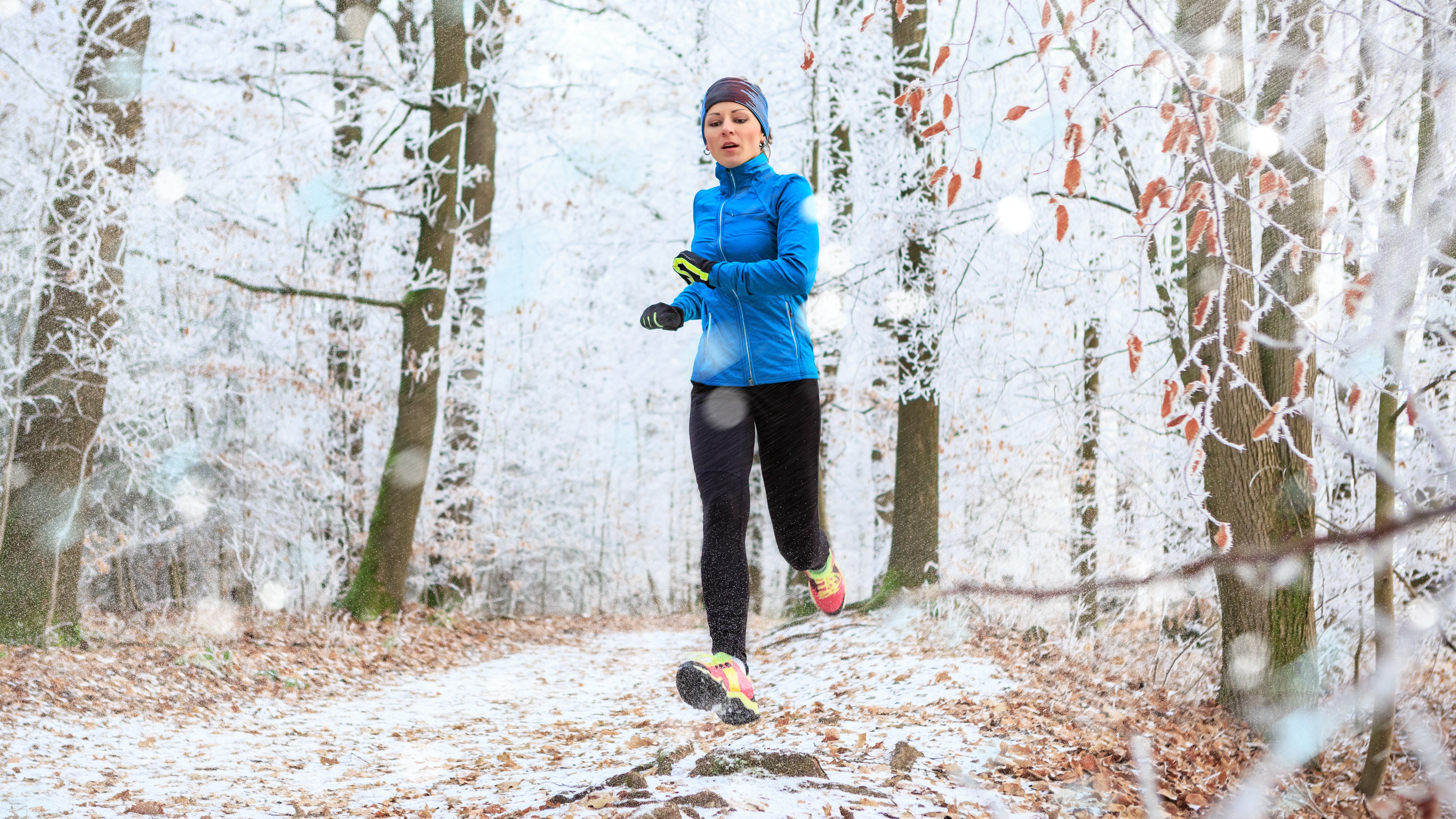
3. Supplement with nature dunks
We’ll be honest, you may not be able to enjoy as many hikes at this time of year as you do in the summer, but don’t give up hope. We recently wrote an article titled how to spend more time outside which offers some great tips for taking smaller dips into nature, such as taking a walk during Zoom meetings, running to work and even eating lunch outdoors if it’s possible. These might not all amount to the same physical result as a five-hour hike, but you really will get the benefit of green exercise even with short bursts of outdoor activity.
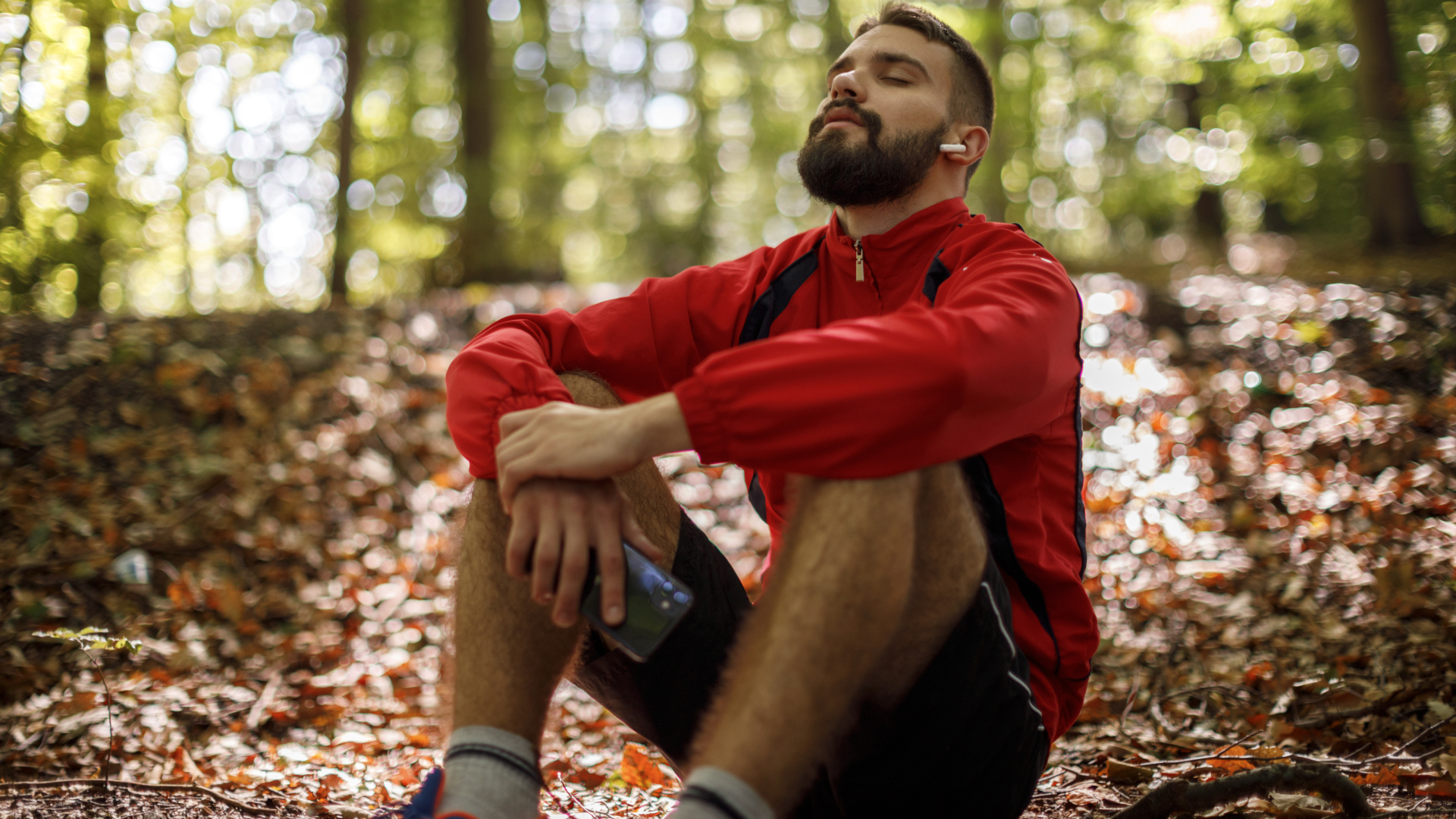
4. Become a weekend warrior (for winter)
It’s true that the best trails are always busiest on the weekends, and as adventurers, we do often pride ourselves on hitting the trail on Tuesday afternoons when everyone else is at the office, but you might just need to come down off that cross for a few months. Things really die down outdoors come the colder months anyway, so if you work regular hours, it may not be so painful to become a weekend warrior. Plan your long hikes and runs for Saturday and Sunday when you have more free time and you’ll probably find the time outdoors more rejuvenating than vegging out on the couch. If you can squeeze in one short weekday jaunt, you’ve got yourself a great weekly schedule.
Advnture Newsletter
All the latest inspiration, tips and guides to help you plan your next Advnture!
Another bonus: hiking and running on the weekends means your friends are more likely to be available to join you, and the evidence shows that hiking together is good for your relationships, too.

5. Keep it short and sweet
It’s definitely true that you might not be able to enjoy such long distances as you do in the summer, when time is on your side. Look for shorter hikes that are closer to home but pack a lot of punch in terms of steepness. If you’ve got the time, do it twice! And if you’re seeking more exertion, you may just need to supplement your outdoor time with indoor activities such as yoga and pilates.
6. Pick up the pace
Another way to get the most bang for your buck might be to travel faster. If you usually hike, consider trail running so you can get further, faster, or alternate your short and steep hikes with brisk walks on long, flat trails such as a nearby National Scenic Trail where you might be able to cover three or four miles per hour.
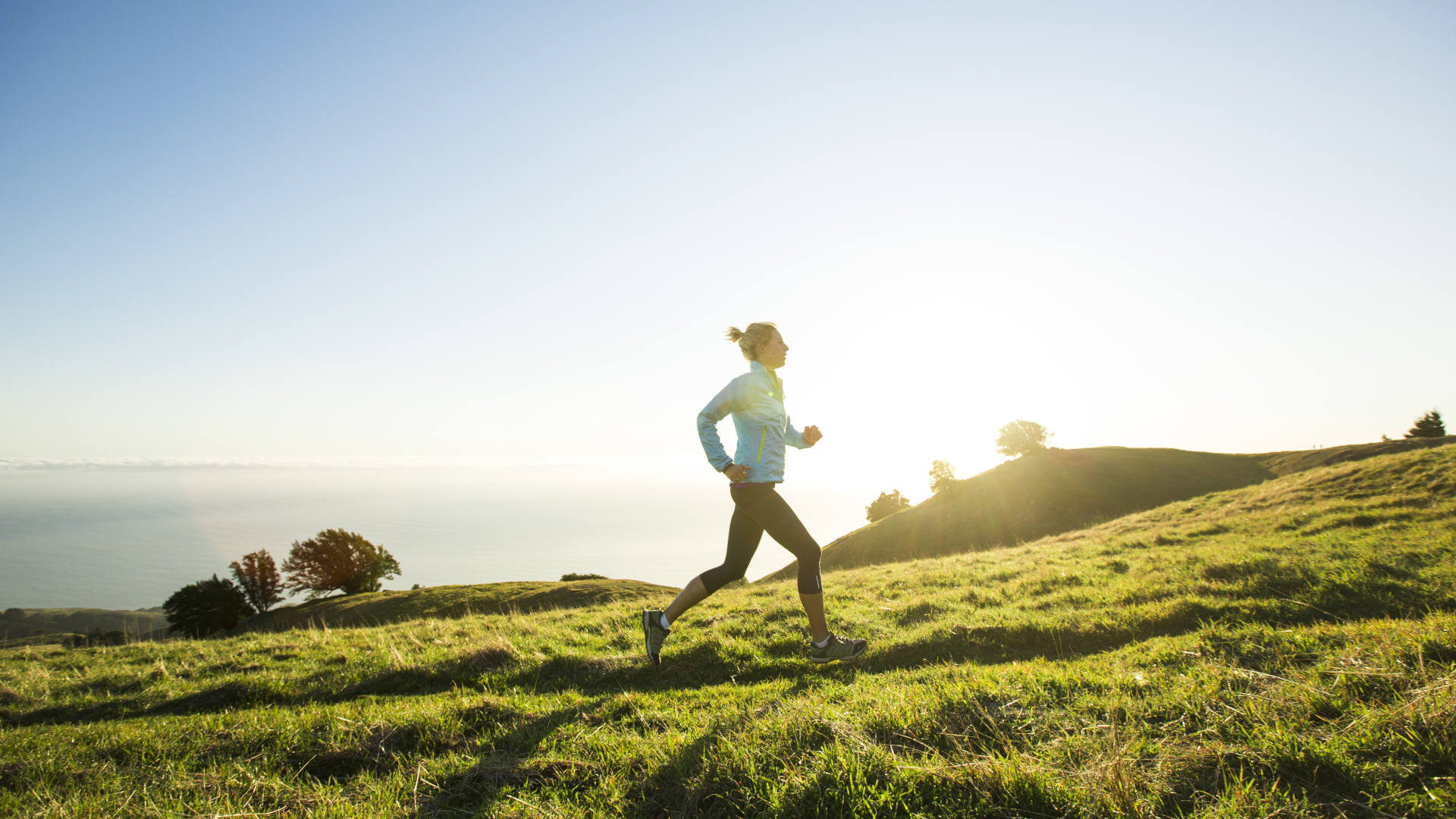
7. Embrace the darkness
This isn’t always the safest option and it definitely doesn't get you any of that precious vitamin D whatsoever, but if you simply can’t get outside during the day, it doesn’t mean you have to open a bottle of wine and drown your sorrows either. While we can’t recommend just throwing on your best headlamp and heading out on your own, you might be able to find local hiking or running groups that venture out after dark, and do full moon hikes which can be extra special.
- Headlamp vs flashlight: which beam is best?
Julia Clarke is a staff writer for Advnture.com and the author of the book Restorative Yoga for Beginners. She loves to explore mountains on foot, bike, skis and belay and then recover on the the yoga mat. Julia graduated with a degree in journalism in 2004 and spent eight years working as a radio presenter in Kansas City, Vermont, Boston and New York City before discovering the joys of the Rocky Mountains. She then detoured west to Colorado and enjoyed 11 years teaching yoga in Vail before returning to her hometown of Glasgow, Scotland in 2020 to focus on family and writing.

